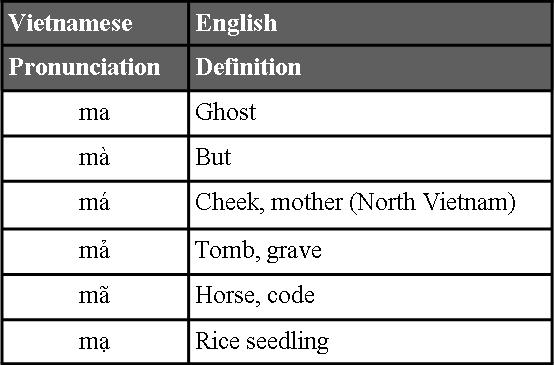ESL Tutoring Tips
Your student’s English mispronunciations might frustrate you. But their mispronunciation is natural and will improve with time. English mispronunciations often originate from a lack of those sounds in the student’s native language.
In Spanish, the “b” and the “v” are pronounced the same. “Vamos,” Spanish for “we go,” can be pronounced “bamos.” When a Spanish-speaker learns English, differentiating between the names of the letters “b” and “v” presents s/he with challenges. If you ask your Spanish-speaking student to spell “boat,” they might write “voat,” since the “b” and “v” are the same in Spanish.
Spanish-speakers learning English also struggle with “th.” In English, we have both a voiced “th,” as in “the,” and an unvoiced “th,” as in “thought.” Spanish has neither of these sounds. So when Spanish-speakers say “the,” it may sound like “duh.” When Spanish-speaker say “thought,” it may sound like “taught.” This mispronunciation is simply the product of never having made the English “th” sounds before.
A common pronunciation problem for speakers of Kirundi (language of Burundi) and Asian languages is differentiating “L” and “R.” We make the “L” sound in English by placing the tongue behind the top front teeth and vocalizing. We make the “R” sound in English by placing the tongue on the roof of the mouth and vocalizing. Linguists call these sounds “liquids or liquid consonants.” Kirundi and many Asian language speakers tend to have trouble differentiating or making these sounds because their language only has one. This can make “light” sound like “right,” or vice versa.
Speakers of tonal languages also struggle to perfect their pronunciation. Vietnamese, Lao, Chinese, and other languages are tonal, which means that many vowels are pronounced in ways that alter the meaning of a word. Vietnamese vowels, for instance, have six tones. The six distinct pronunciations of the Vietnamese word “ma” each mean something totally different. Tonal language speakers have difficulty mastering “tone-less” English pronunciation.  Here is a list of suggestions:
Here is a list of suggestions:
- Growing up speaking a language physically forms the muscles of the mouth to make the sounds common to that language.
- Teaching one’s mouth to make new sounds as an adult can prove difficult.
- Better pronunciation comes with practice and time.
- It is best not to constantly correct students’ pronunciation unless their pronunciation changes the meaning of the word.
- Hyper-focusing on pronunciation only causes anxiety and stress for students.
- You should not expect lower level students to have perfect pronunciation.
- Higher level students should have better pronunciation.
- As a general rule, only correct your student’s pronunciation if it is unintelligible.
- Students will imitate correct pronunciation from tutors.
- Patience is the best method of teaching pronunciation.
